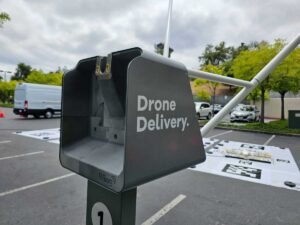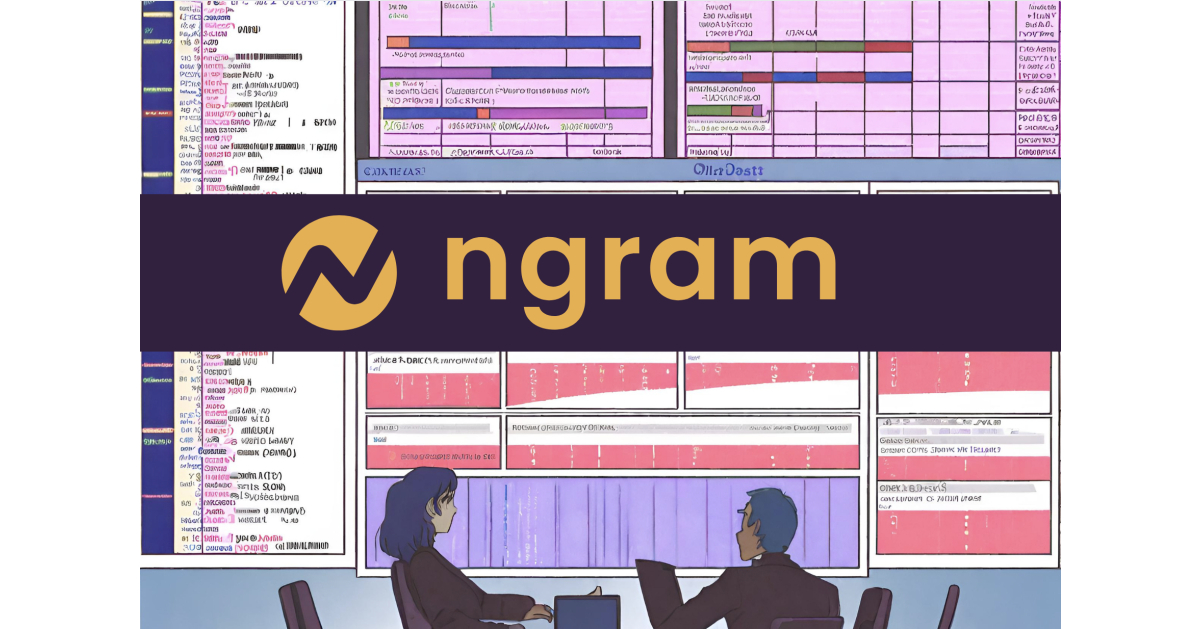
Could One UX Adtech Concept Potentially Flip the Script for Video Advertising?
[ad_1] New York, NY, September 24, 2022 –(PR.com)– The albeit, early-stage UX Adtech concept (CASPAD) is claimed to offer users a greater degree of control as

[ad_1] New York, NY, September 24, 2022 –(PR.com)– The albeit, early-stage UX Adtech concept (CASPAD) is claimed to offer users a greater degree of control as

[ad_1] The use of robots in the workplace has been gaining momentum in recent years, with many companies starting to integrate robotics into their operations.

Mary Ann and Alex returned to the show and invited Jacquie from TechCrunch as a guest for the week. The Equity crew encouraged listeners to

[ad_1] London, United Kingdom, September 25, 2022 –(PR.com)– BizGees’s co-founder Zulfiqar Deo will speak at the coming Sharing Economy Global conference organised by MarketPlace Risk. MarketPlace

The use of drone delivery for e-commerce still seems like a far-fetched idea for scalability, but it has been successfully implemented in smaller, controlled areas

[ad_1] San Francisco, CA, March 22, 2024 –(PR.com)– Ngram, a pioneering generative AI company in the life sciences industry, today announced the release of its medchat-qa-descriptive

[ad_1] Los Angeles, CA, March 14, 2024 –(PR.com)– In response to the evolving demands of leadership in our rapidly changing world, Author Ms. Nicky Dare, a

[ad_1] Houston, TX, March 31, 2023 –(PR.com)– The customers need for a growth capital solution required the ability to finance cash payments for inventory being manufactured

[ad_1] Houston, TX, December 30, 2023 –(PR.com)– The customer, a global technologies and materials group, that facilitates nano materials into next generation of commercial technologies and